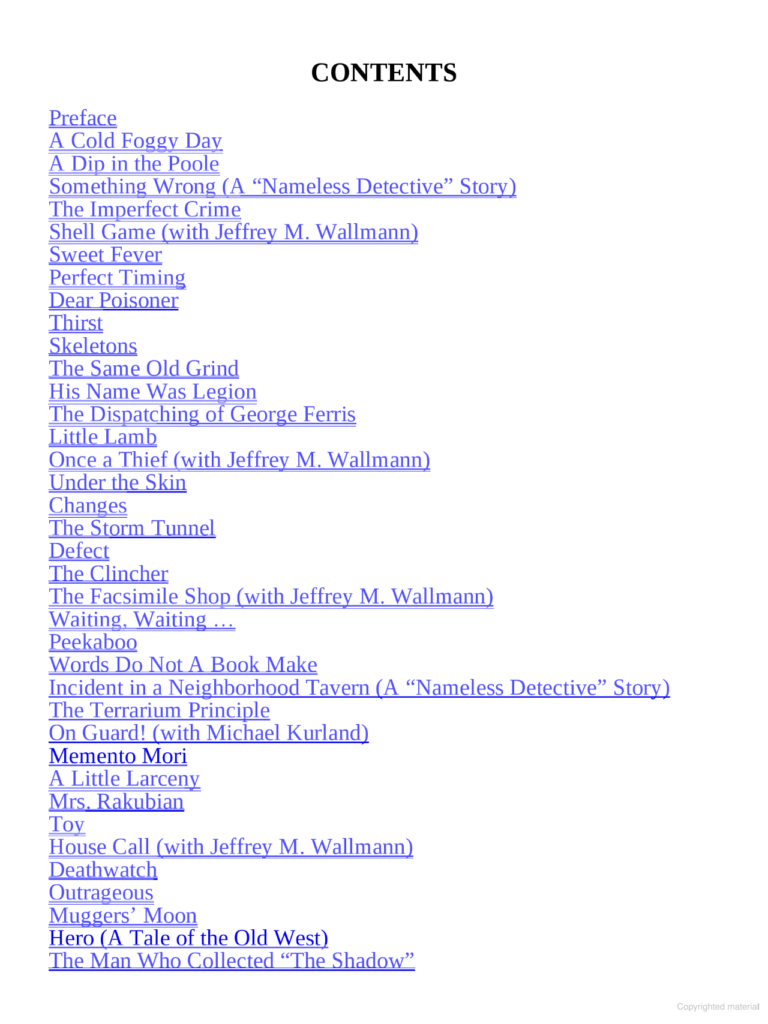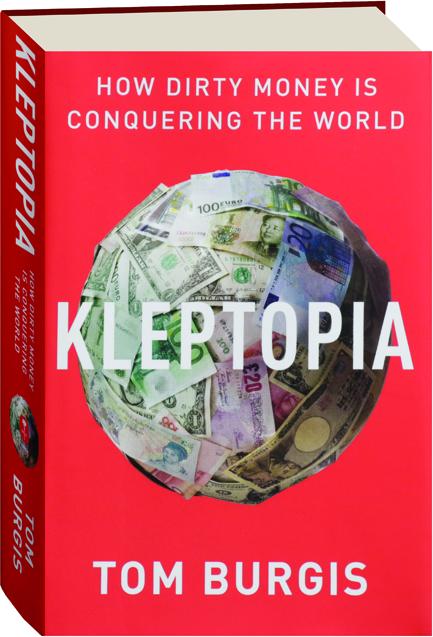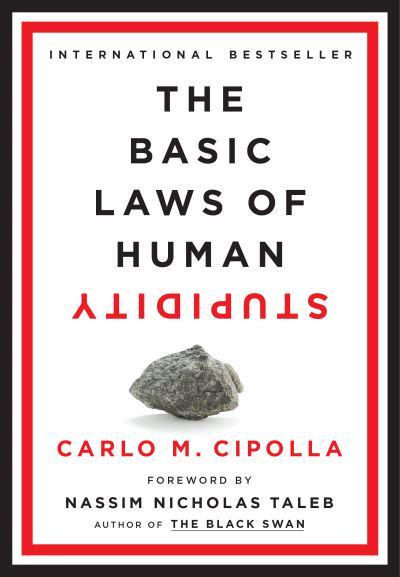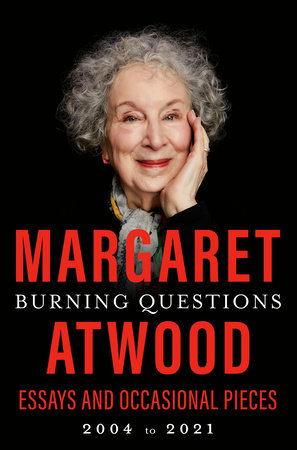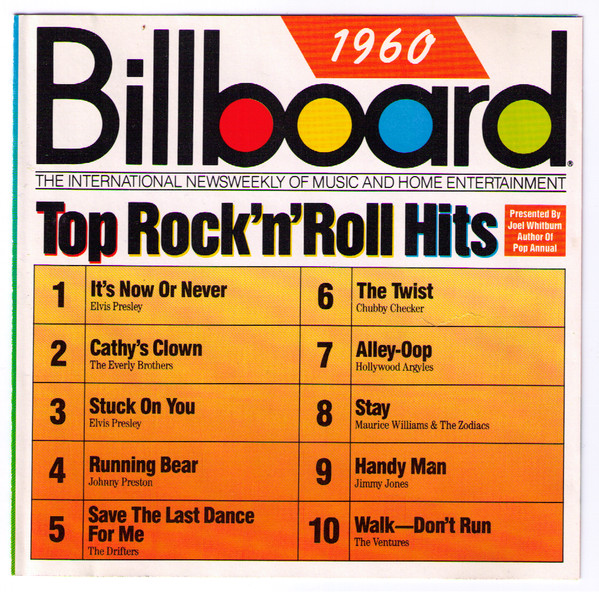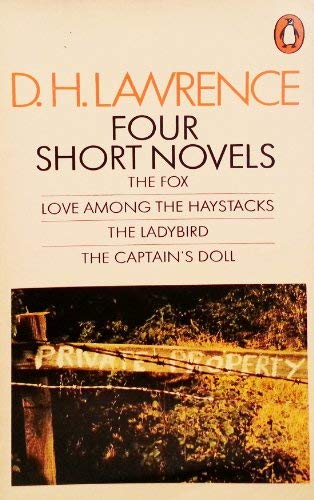
“Personally, I’ve alway admired the short-short. I find conceiving and writing them to be pleasurable, challenging, stimulating. They’re over and done with quickly, too. Novels take months to write. You can turn out a finished short-short–the first draft of one, anyhow–in an hour or two. Immediate sense of accomplishment, instant gratification.” (p. ix)
I’ve always been fond of short-short stories. My early favorites were by Frederic Brown. Brown’s most famous short-short story is: “The last man on Earth sat alone in a room. There was a knock at the door…” If you’d like to read Bill Pronzini’s spin on this classic short-story, read “Whodunit” in Small Felonies (p. 269).
Bill Pronzini has written over a hundred short-short stories. This new Stark House collection, Small Felonies 2, possesses a different vibe from the previous Small Felonies chiefly as the result of 14 collaborations with Barry N. Malzberg. You’ll really enjoy their “The Man Who Loved Mystery Stories.” And you’ll learn a lot from Malzberg’s Afterword, “The Felicities of Fiction or The Heart of the Artichoke.”
I’m a big fan of “Trade Secret” where a retired hit man is approached with a contract to kill. And fans of Pronzini’s “Nameless Detective” series will enjoy the three “Nameless” short-shorts included in this first-rate collection. Pronzini juggles plot elements, characters, and setting to pull off a surprising stunt time after time. Don’t miss this gem from Stark House! GRADE: A
TABLE OF CONTENTS:
PREFACE — 11
- Trade Secret — 13
- Wishful Thinking — 18
- The Monster — 24
- Home is the Place Where (A “Nameless Detective” Story) –27
- Night Walker (with Barry N. Malzberg) — 32
- Out Behind the Shed — 37
- Chip — 42
- Multiples (with Barry N. Malzberg) 48
- The Being — 52
- Stroke of Luck — 56
- Betrayal — 61
- Shade Work — 65
- The Man Who Loved Mystery Stories (with Barry N. Malzberg) — 70
- Lines — 74
- Wedding Day — 79
- Putting the Pieces Back — 84
- Birds of a Feather (with Barry N. Malzberg) — 88
- Where Am I? –92
- The Shrew –98
- Meadowlands Spike (with Barry N. Malzberg) — 102
- Angelique — 107
- Crazy — 111
- Demolition, Inc. (with Barry N. Malzberg) — 114
- The Last Laugh — 119
- Confession — 123
- The Tuesday Curse (with Barry N. Malzberg) — 128
- Bones — 132
- I Think I Will Not Hang Myself Today — 137
- A Matter of Survival (with Barry N. Malzberg) — 142
- Dago Red — 146
- Why Did You Do It? — 151
- Bomb Scare (A “Nameless Detective” Story) — 155
- What Kind of Person Are You? (with Barry N. Malzberg) — 157
- The Wind — 160
- Such Things as Nightmares Are Made Of — 164
- A Matter of Justice (with Barry N. Malzberg) — 170
- I Didn’t Do It — 175
- Home — 178
- The Crack of Doom (with Barry N. Malzberg) — 181
- Do It Yourself — 186
- The Night, the River — 191
- Always Her Eyes (with Barry N. Malzberg) — 196
- I Know a Way — 203
- Neighbors — 206
- Final Exam (with Barry N. Malzberg) — 211
- Funeral Day — 217
- Caius (with Barry N. Malzberg) — 220
- The Space Killers — 225
- Free Durt — 230
- Zero Tolerance (A “Nameless Detective” Story) — 236
- AFTERWORD By Barry N. Malzberg — 241
- Bibliography — 244


